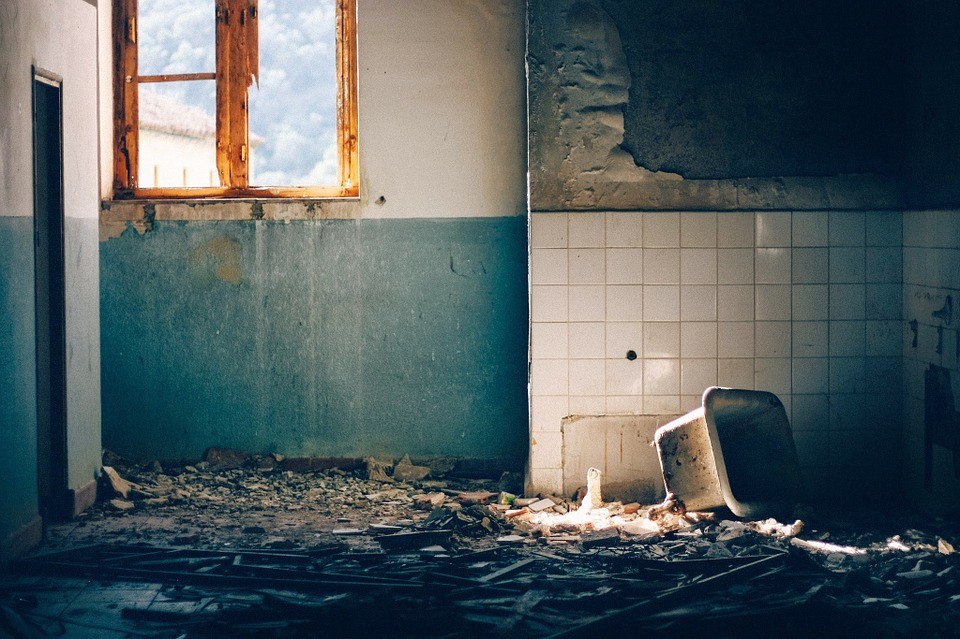Methamphetamine is a highly addictive and dangerous drug. It can cause seizures, cardiac arrest, stroke, brain damage, and more. When smoked, meth does not simply disappear. Instead, it creates a residue on surfaces and inside ventilation systems. This is a problem because you can absorb this substance through your skin, which can make you ill.
And that’s not the only way meth can reenter your home. Off-gassing and disturbing surfaces reintroduces these harmful particles into the air. In other words, even simple activities like vacuuming, cooking, or sitting on the couch can lead to you inhaling or absorbing residual meth. And ordinary cleaning won’t eliminate the problem.
Why is Meth Hard to Clean Up?
In its residual form meth is invisible to the naked eye, so it’s easy to miss areas that need a thorough cleaning. Furthermore, it sticks to varnishes and polyurethanes, requiring specialized cleansers and training to remove.
Meth also clings to porous materials, making furnishings and upholstery problematic to clean. By Utah law, you must dispose of these materials. Speak with a Certified Decontamination Specialist for more information.
Basic Cleanup Steps
- In Utah, the first step is filing a work-plan with the local health department. Work-plans are specific and detailed. They include photos, floor-plan sketches, and more. Most are about 20 pages long (check out this link to see SLC County’s how-to pages). Keep in mind, it’s not uncommon for beginners to make mistakes and resubmit their packets. That can create frustrating delays.
- Once the health department approves the plan, its time to suit up. This is an essential element of effective meth removal. We use gloves, eyewear, respirators, and hazmat coveralls. Everything you use for cleaning will also be contaminated, which requires proper disposal.
- Now we’re ready to remove porous material from the home (carpeting, drapes, furniture, and more). Remember, only the owner and Certified Decontamination Specialists can enter the property. So, if you’re going alone – you’ll have to do all the moving by yourself.
- Finally, we can begin the actual cleaning. Expect to scrub walls, floors, and ceilings. (Usually, that takes at least three treatments with special detergent per surface). It will also include washing or replacing ductwork, and more.
- Upon completion of the cleaning process, we retest the property. We also submit a final report to the health department. After they clear the house, decontamination is complete. On your own, a job like this can take months. We can usually finish it in about two weeks.
(We cover all these steps in greater detail in other blogs, so be sure to check those out).
Call Us Today
For more information on testing or the cleaning process, call a Certified Decontamination Specialist in your area. If you’re in Utah, call us at (801) 888-6698.

